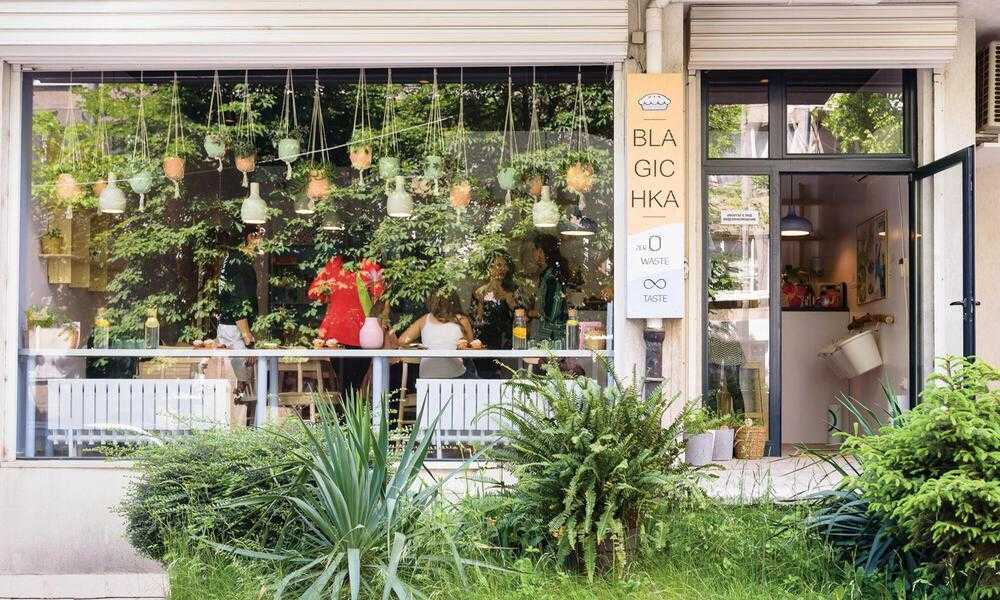If you are one of those fans of cute and beautiful plants, such as succulents and cacti, then you might have an interest in terrariums. A terrarium is a small and enclosed container for growing and displaying plants. Terrarium, look at here now to see how appealing they are. It is designed to create a controlled environment that mimics the natural conditions needed for the plants to thrive. Terrariums are usually made of glass or transparent plastic, allowing for easy observation of the plants inside.
The enclosed nature of a terrarium creates a microclimate where moisture and heat are trapped, leading to a self-sustaining ecosystem. It makes terrariums relatively low-maintenance as they require less watering than traditional potted plants.
Types of terrariums
There are two main types of terrariums:
- Closed Terrarium. A closed terrarium has a sealed lid, which means the water cycle within the terrarium is mostly self-contained. As the moisture evaporates from the soil and plants, it condenses on the walls of the container and drips back into the soil. This cycle helps to create a humid environment, and the plants inside recycle the moisture through transpiration.
- Open Terrarium. An open terrarium, as the name suggests, does not have a sealed lid and allows for some airflow. The water cycle is not as tightly controlled as in a closed terrarium, and the terrarium may require occasional watering to maintain proper moisture levels.
Why choose terrariums for a planter?
These terrariums are not just cute to see. They also have the features that many plant lovers have and the reasons why they choose to have them as a planter at home. Terrariums are popular for several reasons:
- Low maintenance. Due to the self-contained ecosystem, terrariums typically require less frequent watering and maintenance compared to other types of indoor plants.
- Decorative. Terrariums can serve as beautiful and eye-catching decorations for homes and offices. They come in various shapes and sizes, allowing for creative and artistic displays.
- Plant variety. Various plants can thrive in terrariums, including mosses, ferns, succulents, and small tropical plants, offering a wide range of options for creating unique and diverse arrangements.
- Educational. Terrariums can be excellent tools for teaching children and adults about ecosystems, plant growth, and the water cycle.
When creating a terrarium, it is essential to choose the right plants, provide suitable soil, and carefully manage light and moisture levels to ensure the plants can thrive in this microenvironment.
Categories
Recent Posts
Advertisement


